Emergence of New Regulatory Frameworks
The Drone Flight Controller System Market is being shaped by the emergence of new regulatory frameworks that aim to facilitate the safe integration of drones into airspace. Regulatory bodies are developing guidelines that govern the operation of drones, which is essential for commercial applications. These regulations are expected to enhance public safety and promote the responsible use of drone technology. As of 2025, it is anticipated that compliance with these regulations will drive demand for advanced flight controller systems that can adapt to varying operational requirements. This regulatory evolution is likely to create new opportunities for growth within the market.
Growing Investment in Drone Technology
The Drone Flight Controller System Market is benefiting from substantial investments in drone technology by both private and public sectors. Governments are increasingly recognizing the potential of drones for various applications, leading to funding for research and development. This influx of capital is fostering innovation in flight controller systems, resulting in more reliable and efficient products. As of 2025, investment in drone technology is projected to exceed USD 5 billion, indicating a robust growth trajectory. This financial backing is likely to accelerate advancements in flight control systems, further propelling the market forward.
Increasing Adoption of Drones in Various Industries
The Drone Flight Controller System Market is witnessing a surge in the adoption of drones across multiple sectors, including agriculture, construction, and logistics. This trend is largely attributed to the growing need for efficient data collection and monitoring solutions. For example, in agriculture, drones equipped with advanced flight controllers are being utilized for crop monitoring and precision farming, leading to improved yields. The logistics sector is also leveraging drones for last-mile delivery, which is expected to increase operational efficiency. As of 2025, the market for drone flight controllers is anticipated to reach USD 3 billion, reflecting the increasing reliance on drone technology in diverse industries.
Rising Demand for Surveillance and Security Applications
The Drone Flight Controller System Market is significantly influenced by the rising demand for surveillance and security applications. Drones equipped with sophisticated flight controllers are increasingly being deployed for monitoring critical infrastructure, border security, and disaster management. The ability to provide real-time aerial surveillance has made drones an invaluable tool for law enforcement and security agencies. As of 2025, it is estimated that the market for drones in security applications will account for over 30% of the total drone market, highlighting the critical role of flight controller systems in enhancing operational capabilities in this sector.
Technological Advancements in Drone Flight Controller Systems
The Drone Flight Controller System Market is experiencing rapid technological advancements, particularly in the areas of automation and sensor integration. Enhanced algorithms and improved processing capabilities are enabling drones to perform complex tasks with greater precision. For instance, the integration of advanced GPS and inertial measurement units (IMUs) has significantly improved navigation accuracy. As of 2025, the market is projected to grow at a compound annual growth rate (CAGR) of approximately 15%, driven by these innovations. Furthermore, the development of more compact and efficient flight controllers is likely to enhance the performance of drones across various applications, including agriculture, surveillance, and logistics.


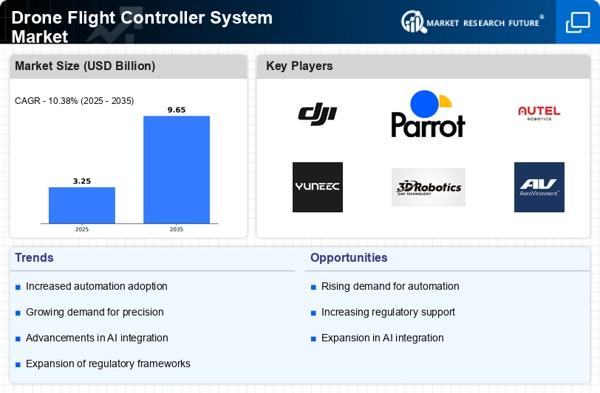
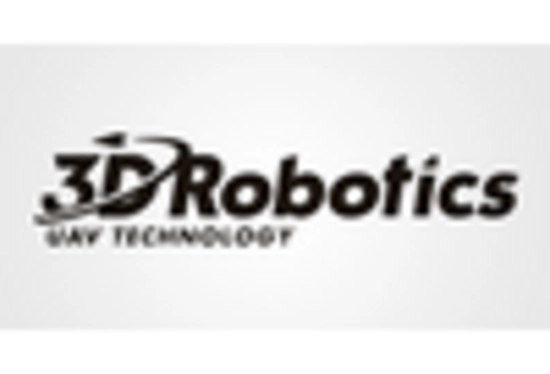

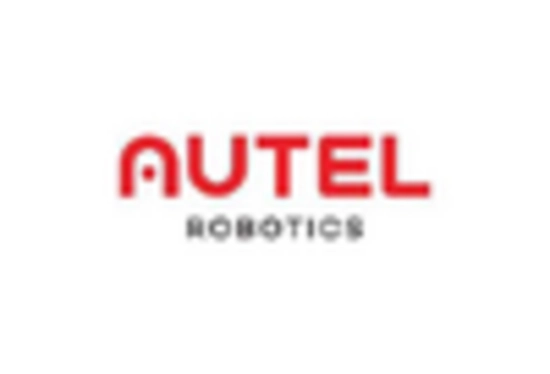
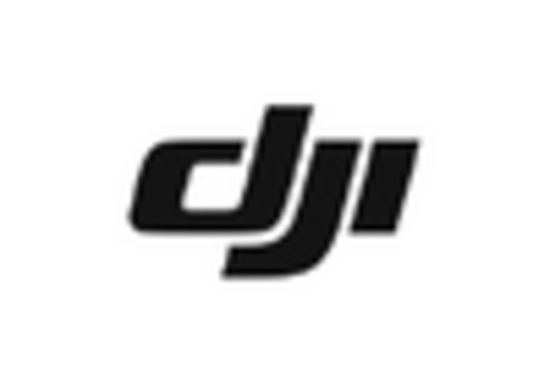
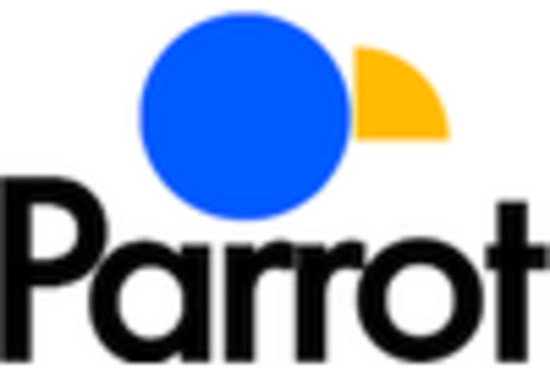









Leave a Comment